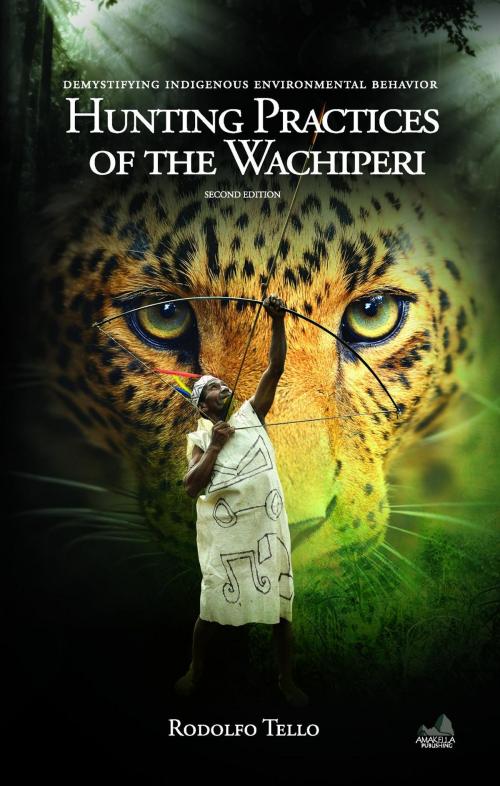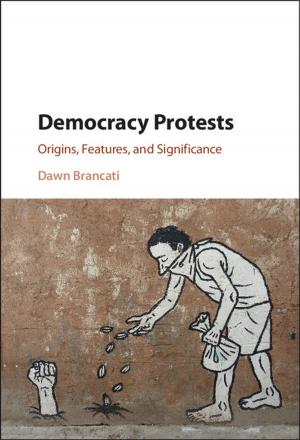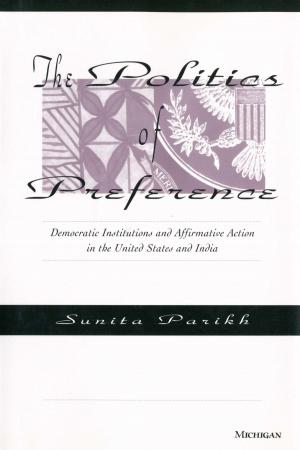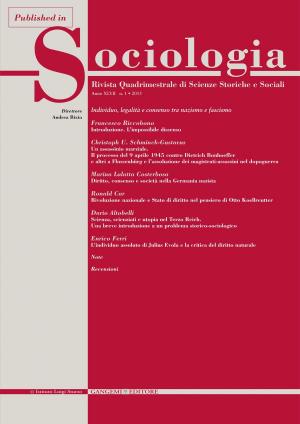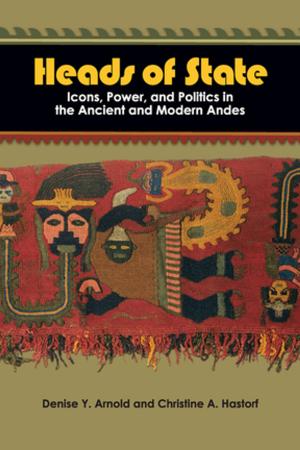Hunting Practices of the Wachiperi
Demystifying Indigenous Environmental Behavior
Nonfiction, Social & Cultural Studies, Political Science, Government, Public Policy, Science & Nature, Nature, Environment, Environmental Conservation & Protection, Social Science, Cultural Studies| Author: | Rodolfo Tello | ISBN: | 9781633870055 |
| Publisher: | Amakella Publishing | Publication: | December 26, 2014 |
| Imprint: | Amakella Publishing | Language: | English |
| Author: | Rodolfo Tello |
| ISBN: | 9781633870055 |
| Publisher: | Amakella Publishing |
| Publication: | December 26, 2014 |
| Imprint: | Amakella Publishing |
| Language: | English |
When it comes to environmental conservation and sustainable development initiatives in tropical forests, indigenous peoples are key players. They have been described often as either conservationists or destroyers of biodiversity. The position adopted on this matter is important because it guides the design and implementation of conservation strategies. The central question about what makes indigenous peoples conserve or degrade biodiversity, however, has posed a significant challenge, particularly in light of widespread trends such as cultural change, market expansion, and greater diversification of livelihoods. The reasons why indigenous communities end up degrading or conserving natural resources are addressed in a comprehensive yet accessible manner in this book, filling a critical gap in current knowledge about the socioeconomic drivers of biodiversity loss, and the rise of community-based conservation, using the hunting trends and conservation efforts of the Wachiperi for this analysis. Readers could greatly benefit from the lessons provided in this book about achieving both socioeconomic development and biodiversity conservation by engaging indigenous communities in a sustainable manner.
When it comes to environmental conservation and sustainable development initiatives in tropical forests, indigenous peoples are key players. They have been described often as either conservationists or destroyers of biodiversity. The position adopted on this matter is important because it guides the design and implementation of conservation strategies. The central question about what makes indigenous peoples conserve or degrade biodiversity, however, has posed a significant challenge, particularly in light of widespread trends such as cultural change, market expansion, and greater diversification of livelihoods. The reasons why indigenous communities end up degrading or conserving natural resources are addressed in a comprehensive yet accessible manner in this book, filling a critical gap in current knowledge about the socioeconomic drivers of biodiversity loss, and the rise of community-based conservation, using the hunting trends and conservation efforts of the Wachiperi for this analysis. Readers could greatly benefit from the lessons provided in this book about achieving both socioeconomic development and biodiversity conservation by engaging indigenous communities in a sustainable manner.
